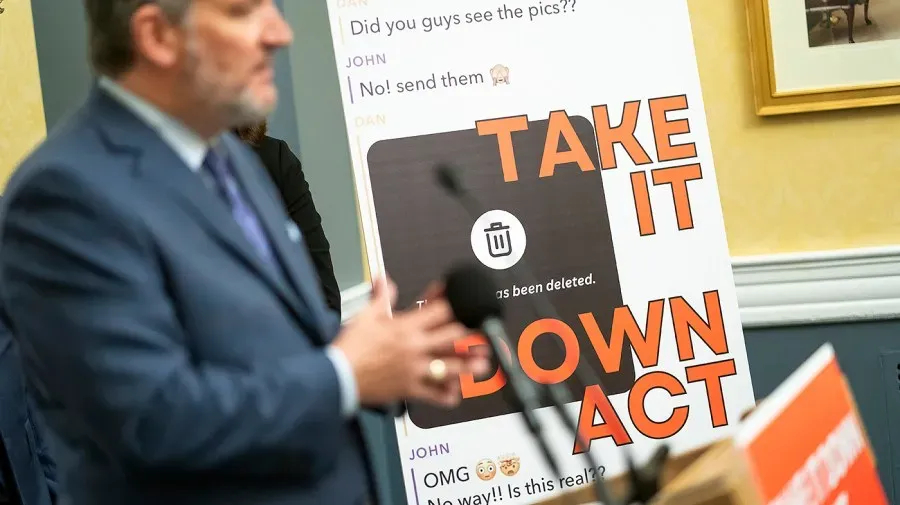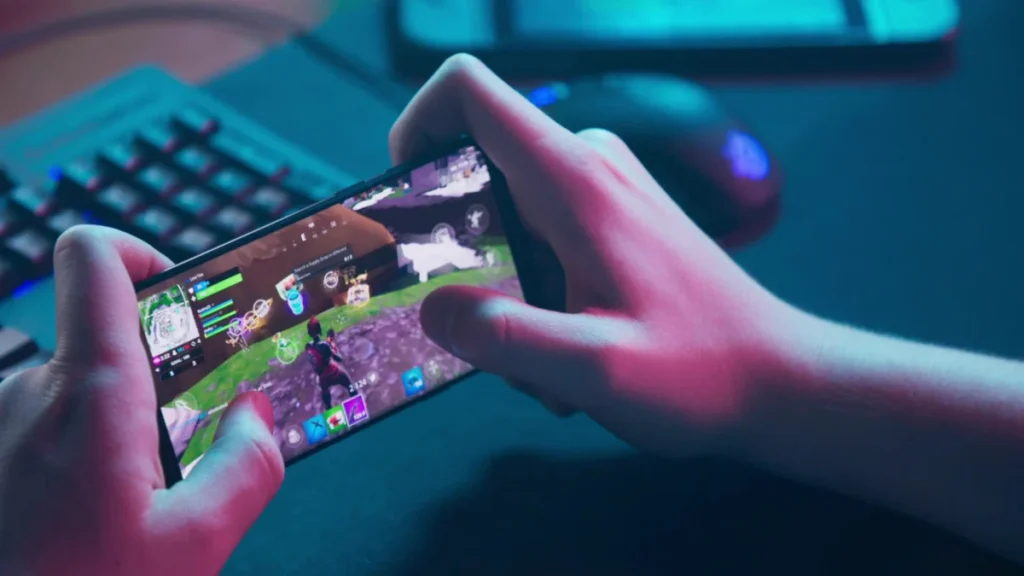On April 28, the House of Representatives took a significant step towards enhancing children’s online safety with the passage of the Take It Down Act. This landmark bipartisan legislation, which has garnered widespread support across the political spectrum, directly addresses the alarming rise of AI-generated deepfakes and non-consensual pornography. The act mandates that social media platforms must remove such harmful content within 48 hours of being notified, thus holding them accountable for the well-being of their users. As AI technology continues to advance rapidly, the Take It Down Act serves as a crucial framework to combat digital exploitation and protect vulnerable populations, especially teens. By focusing on social media accountability, this measure reflects an urgent response to the challenges posed by modern technology and deepfake abuses.
Recent developments in legislative efforts have spotlighted the growing concern surrounding digital safety and privacy. The Take It Down Act, also referred to as crucial anti-deepfake legislations, acts as a robust response to the proliferation of non-consensual explicit imagery, particularly targeting minors. By implementing strict removal timelines for AI-generated harmful content, lawmakers aim to foster a safer digital environment. As bipartisan support unites, this bill showcases an essential commitment to addressing the complexities of social media dynamics and the impacts of emerging technologies on individual rights. With a focus on protecting young users, stakeholders are advocating for a more accountable online landscape.
Understanding the Take It Down Act
The Take It Down Act represents a crucial legislative response to the emerging threats posed by AI-generated deepfakes, particularly in the realm of non-consensual pornography. This bipartisan act, which passed in both the House of Representatives and the Senate with overwhelming support, serves as a groundwork for addressing the explosive rise in AI-fueled exploitation. By allowing victims to request the prompt removal of damaging content, the Act aims to provide a more robust framework for online safety and accountability for social media platforms.
Moreover, the legislation underscores a growing recognition among lawmakers regarding the need for stringent oversight in the digital landscape. The rapid proliferation of AI technology has outpaced existing legal frameworks, leaving many targeted individuals vulnerable to digital harassment and abuse. The Take It Down Act is a step toward bridging that gap, signaling to tech companies that they must take proactive measures to safeguard their users, particularly minors who are increasingly susceptible to the dangers of AI-generated malicious content.
Frequently Asked Questions
What is the Take It Down Act and how does it relate to AI-generated deepfakes?
The Take It Down Act is a bipartisan legislation passed by the House of Representatives that addresses the issue of AI-generated deepfake pornography. It criminalizes non-consensual deepfake content and requires social media platforms to remove such material within 48 hours of notification. This act aims to combat the rise of AI-induced harm by providing legal protections for victims.
How does the Take It Down Act protect victims of non-consensual pornography?
The Take It Down Act protects victims of non-consensual pornography by making it a crime to distribute AI-generated deepfake images without consent. It mandates that platforms take down such content quickly, ensuring that victims can reclaim their dignity and reducing the trauma associated with the dissemination of harmful imagery.
What are the implications of the Take It Down Act for social media accountability?
The Take It Down Act enhances social media accountability by imposing strict requirements on platforms to remove AI-generated deepfakes within 48 hours of being notified. By holding companies responsible for preventing the spread of non-consensual pornography, the legislation encourages better oversight and protections for users.
Why is the Take It Down Act considered bipartisan legislation?
The Take It Down Act is considered bipartisan legislation because it received support from both Democratic and Republican lawmakers. This collaboration indicates a shared recognition of the dangers posed by AI-generated deepfakes and a collective commitment to protecting victims of non-consensual imagery.
What prompted the introduction of the Take It Down Act?
The introduction of the Take It Down Act was prompted by real-life cases of teenage victims like Elliston Berry and Francesca Mani, who experienced harassment through AI-generated deepfake images. Their advocacy and the subsequent support from lawmakers highlighted the urgent need for legal protections against AI-induced harm.
What concerns have been raised regarding the Take It Down Act?
Concerns regarding the Take It Down Act include potential misuse, where malicious actors could falsely report lawful content as non-consensual imagery. Critics also worry about the effectiveness of the Federal Trade Commission’s enforcement of the law, given its diminished capacity during the Trump administration.
How does the Take It Down Act aim to enhance children’s online safety?
The Take It Down Act aims to enhance children’s online safety by specifically addressing the dangers of AI-generated deepfake pornography, which can target minors. By providing legal recourse against such harmful content, the act seeks to protect children from exploitation and harassment in the digital space.
What is the significance of the Take It Down Act in the context of AI technology evolution?
The Take It Down Act is significant in the context of AI technology evolution as it represents a legislative response to the rapid advancements in AI that have led to the creation of deepfake content. By criminalizing non-consensual AI-generated imagery, the act aims to establish a framework for managing the ethical implications of AI technology in society.
| Key Points |
|---|
| The Take It Down Act was passed by the House of Representatives on April 28, 2023, addressing AI-induced harm. |
| The bipartisan bill criminalizes non-consensual deepfake pornography and mandates removal by platforms within 48 hours. |
| The legislation was influenced by personal accounts of teenagers victimized by deepfake technology. |
| Senator Ted Cruz played a significant role in advocating for the bill alongside bipartisan support from various political leaders. |
| Concerns remain regarding the bill’s potential for misuse and its effectiveness due to the weakened FTC under the current administration. |
Summary
The Take It Down Act represents a significant step in addressing the challenges posed by AI-generated content, specifically targeting harmful deepfake pornography. This bipartisan legislation reflects a growing acknowledgment of the dangers associated with advancing technology and aims to protect individuals, particularly vulnerable teens, from the trauma of such digital exploitation. As it gains traction and support, it could pave the way for further measures focused on online safety and accountability.



